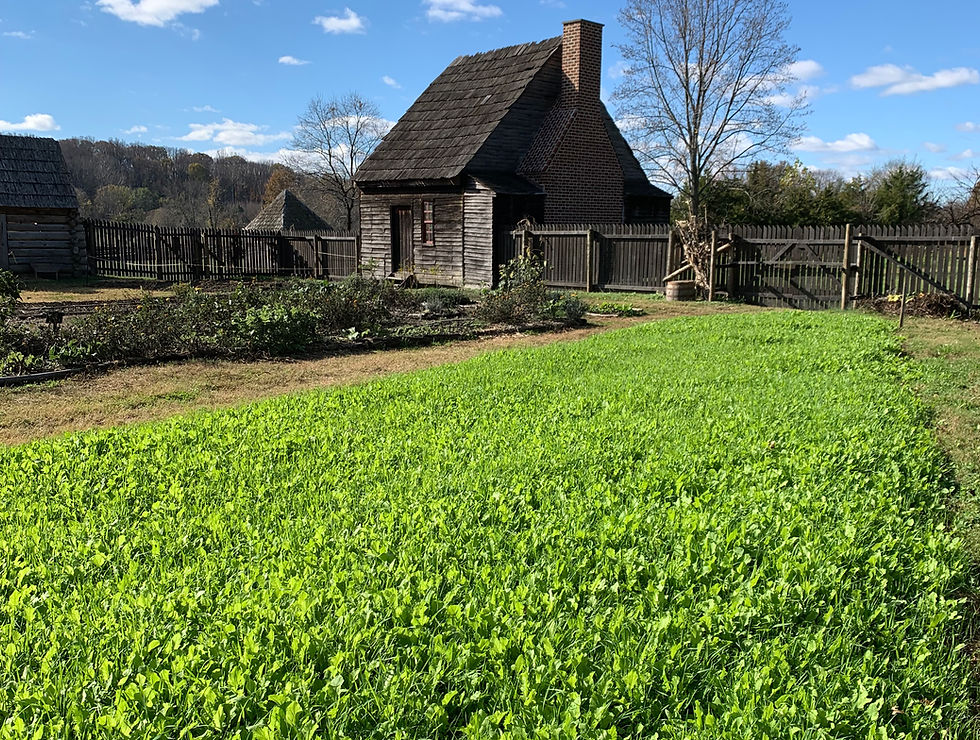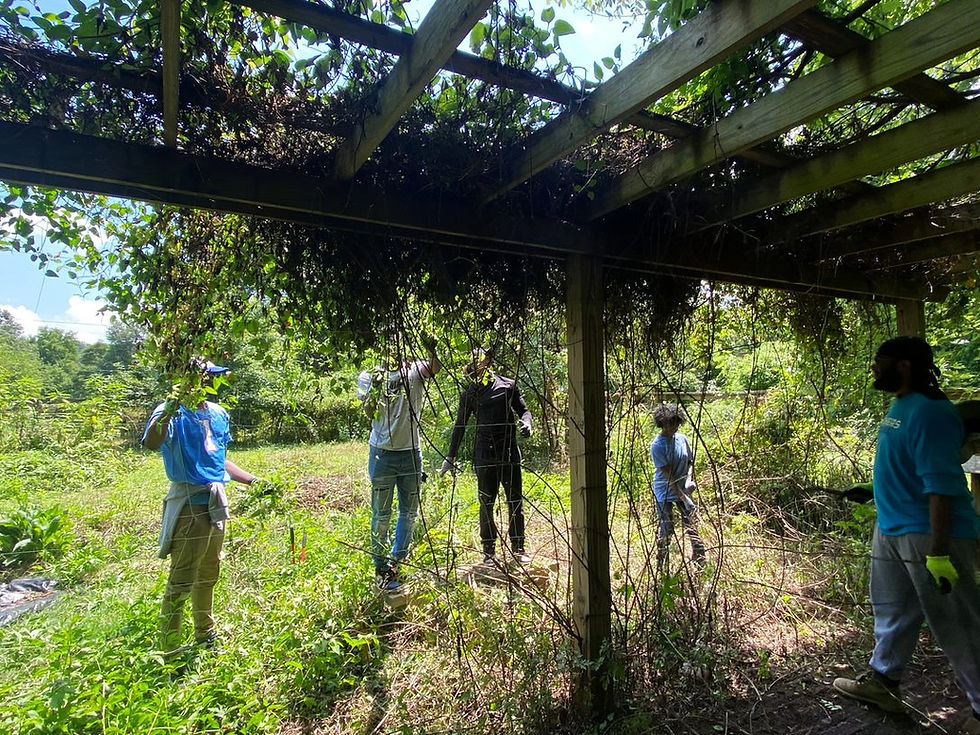Seeds for the Future
- Accokeek Foundation

- Jul 16, 2013
- 1 min read
by Alex Binck, Farm Apprentice
We hear a lot about seeds lately. Genetically modified seeds, heirloom seeds, organic seeds. And rightly so: soil, water, and sun on their own can’t accomplish much. It’s the seed that holds the secrets to transforming these inert ingredients into beautiful and bountiful life. A lot of people are concerned about the safety of the seeds used to grow their food, whether they are genetically modified, or tainted with pesticides. These issues are important, but I want to talk about something I think is even more important.
Today, the vast majority of seeds used to grow our food come from a few centralized distributors, and the vast majority of that is hybrid seed. Hybridization is a natural process that occurs when two distantly related plants produce offspring. These offspring are often healthier and more vigorous than their parents, a trait that has become the norm in today’s agricultural system. Hybrids generally also tend to be extremely homogenous, making mechanized harvest much easier. But there is also a downside. Hybrids don’t breed true: that is, if you breed two plants of a hybrid variety together, their offspring will be very different and generally inferior to the parents. Before hybrid seed became the norm, farmers everywhere saved their own seed each year and each farmer’s seed was a little bit different from their neighbor’s. Each farmer’s crops had a slightly different set of environmental tolerances and susceptibility to disease. In a drought, while most farmers might suffer, some who happened to have drought tolerant seed might have a better year and share with their neighbors, who mixed that seed with their own, and so the next year, everyone’s seed was a little better at dealing with drought. The same thing happened with diseases, early frost, and so on. But because saved hybrid seed is inferior, few farmers today save their seed and this entire process breaks down.
While crop breeders do great work to breed improved seeds today, a few bright and hardworking individuals cannot replace millions of farmers working by trial and error across the world. I believe this is one reason why, despite many-fold increases in pesticide and fertilizer use, growth in yields has slowed, and damage from pests is rising. Our seeds are homogenous and stagnant; they have ceased to evolve while changes in our climate and our pests have only accelerated. But the solution is easy! All we have to do is start saving our seed each year, in our gardens and our farms, and share that seed with our friends and neighbors. Because seeds are not just about what we can produce today—seeds are our tomorrow. And without them all the soil, sun and water in the world won’t feed anyone
Click here to see more from Field Notes







